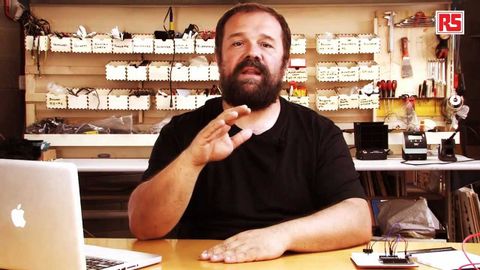
字幕與單字
Arduino視頻教程04:光療儀。 (Arduino Video Tutorial 04: Light Theremin)
00
Chuan Zhe Lin 發佈於 2021 年 01 月 14 日收藏
影片單字
board
US /bɔrd, bord/
・
UK /bɔ:d/
- n. (c./u.)板子、刊版;董事會;委員會;(衝浪板,滑板等)板(體育);木板;膳食
- v.t./i.登機;上船;寄宿;提供住宿
- v.t.板
A1 初級多益
更多 使用能量
解鎖所有單字
解鎖發音、解釋及篩選功能
